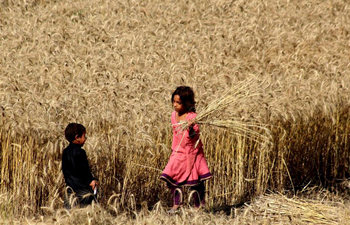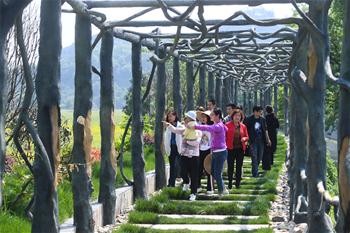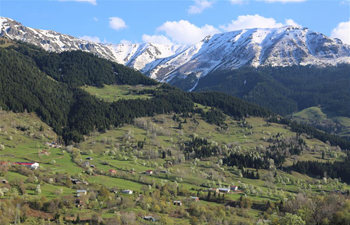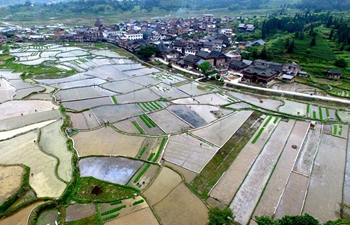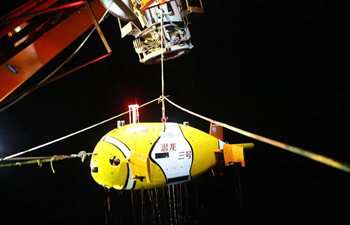BEIJING, April 26 (Xinhua) -- Chinese scientists say there has been decreasing wind erosion from 1979 to 2012 along the Qinghai-Tibet Railway.
A land-surface erosion model, Noah-MPWE, was developed to simulate wind-erosion along the railway by scientists from the Chinese Academy of Sciences.
The model was applied to eight sites along the railway to investigate wind-erosion distribution and variation from 1979 to 2012.
The models showed decreased strong wind, increased water, and soil moisture contributed to the reduction.
Snow and vegetation coverage greatly impacted the occurrence of wind erosion.
However, the desertification trends along the railway are still unknown and need to be explored.
The Qinghai-Tibet Railway spans 1,956 km from Xining in Qinghai Province, to Lhasa, capital of Tibet Autonomous Region. Opened in 2006, the highest railway in the world has been lauded as an engineering feat for covering harsh terrain and frozen ground.




